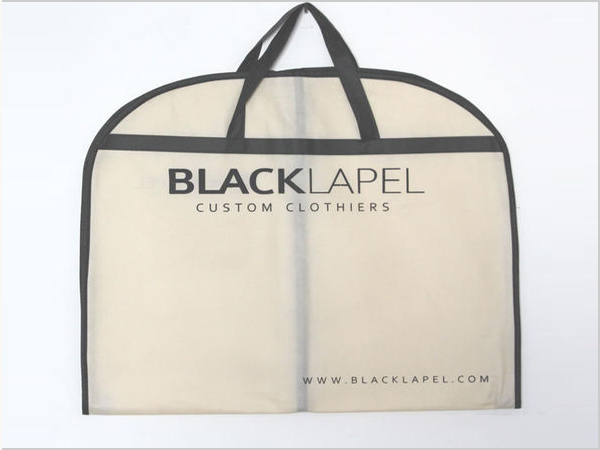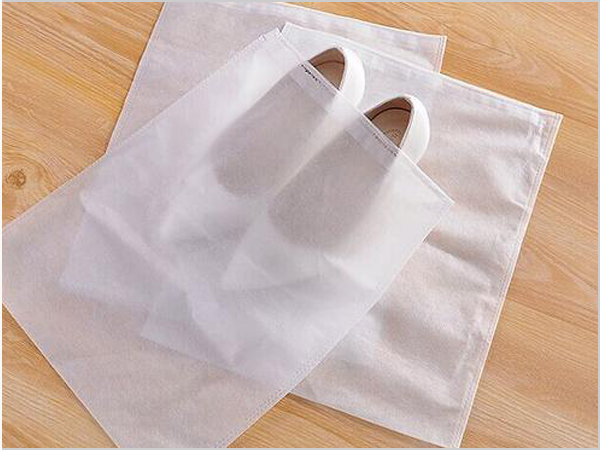- Xiangshuo has stood out in the field of spunbond nonwoven fabrics!
- How should enterprises respond to the impact of repeated tariffs
- PP non-woven fabric is a new type of environmental protection material!
- Under the tariff challenge, the textile and garment industry has a new opportunity
- Spunbonded non-woven fabric is an efficient, multi-functional modern material!

- Telephone: 0551- 66779966
- Cellphone: 18955130444
- Email: 58792982@qq.com
- Address: Building 1-2, East of Wubu Village Section, Hehuai Road, Wushan Town, Changfeng County, Hefei City, Anhui Province
What are the main uses of spun
Release date: [0:55:13]
Read a total of [586] Read a total of
The main materials of spunbond non-woven fabrics are polyester and polypropylene.
The main products ofspunbond non-woven fabrics are polypropylene and polyester (long fiber, short fiber) non-woven fabrics. Our most common and most commonly used applications are non-woven bags, non-woven packaging, etc.; for spunbond non-woven fabrics It is easy to identify and generally has good two-way fastness. Generally, the nip point of spunbond non-woven fabric is diamond-shaped.
At the application level, it can also be used for flower packaging fabrics, luggage fabrics, etc. The characteristics of wear resistance, firm hand feel, etc., make it the best choice for making such products!
Related Products
Latest News
- Xiangshuo has stood out in the field of spunbond nonwoven fabrics!
- How should enterprises respond to the impact of repeated tariffs
- PP non-woven fabric is a new type of environmental protection material!
- Under the tariff challenge, the textile and garment industry has a new opportunity
- Spunbonded non-woven fabric is an efficient, multi-functional modern material!
- By the wind of gold, silver and silver, Keqiao Textile set sail
- PP non-woven fabrics occupy an important position in many fields!
- Textile industry is tested How should textile people cope with such challenges?
- What is the production process of spunbonded nonwovens?
- How to achieve revenue growth driven by policy dividend and technological revolution?



